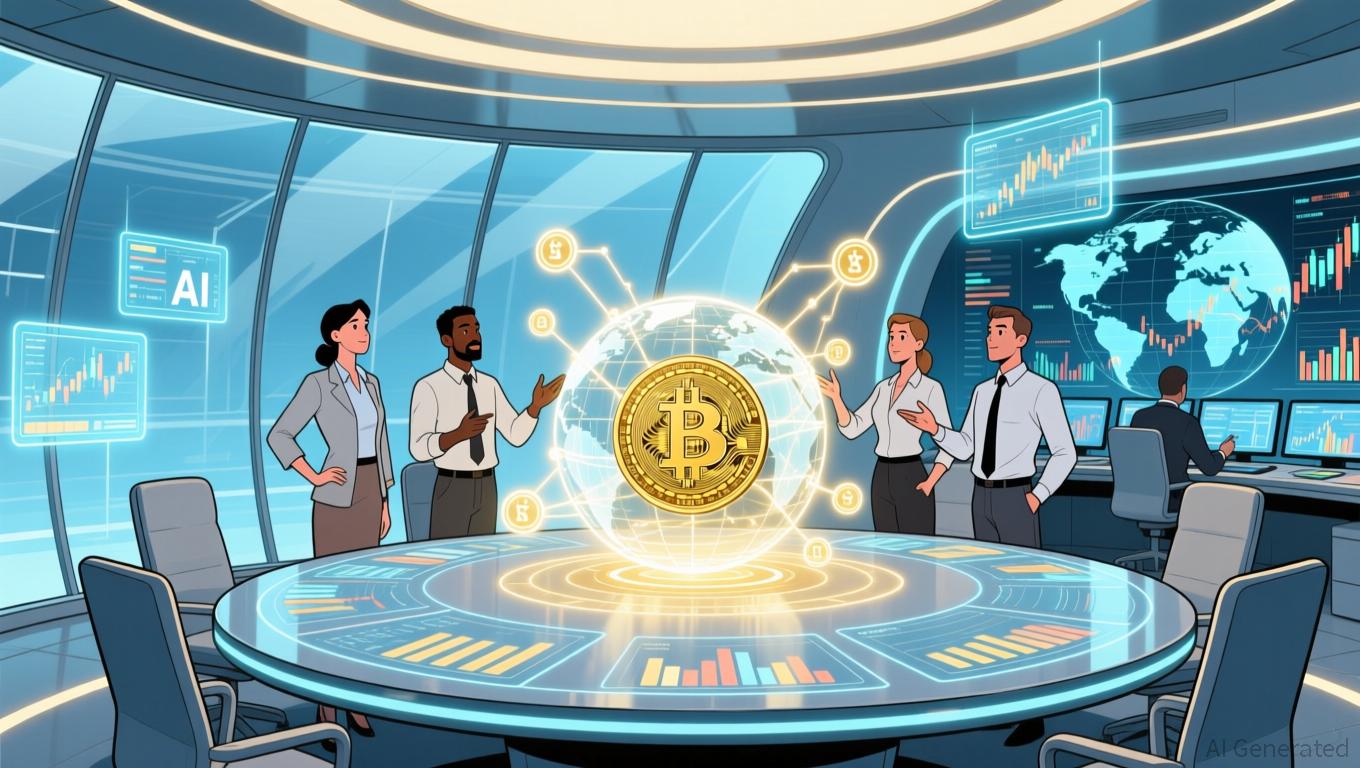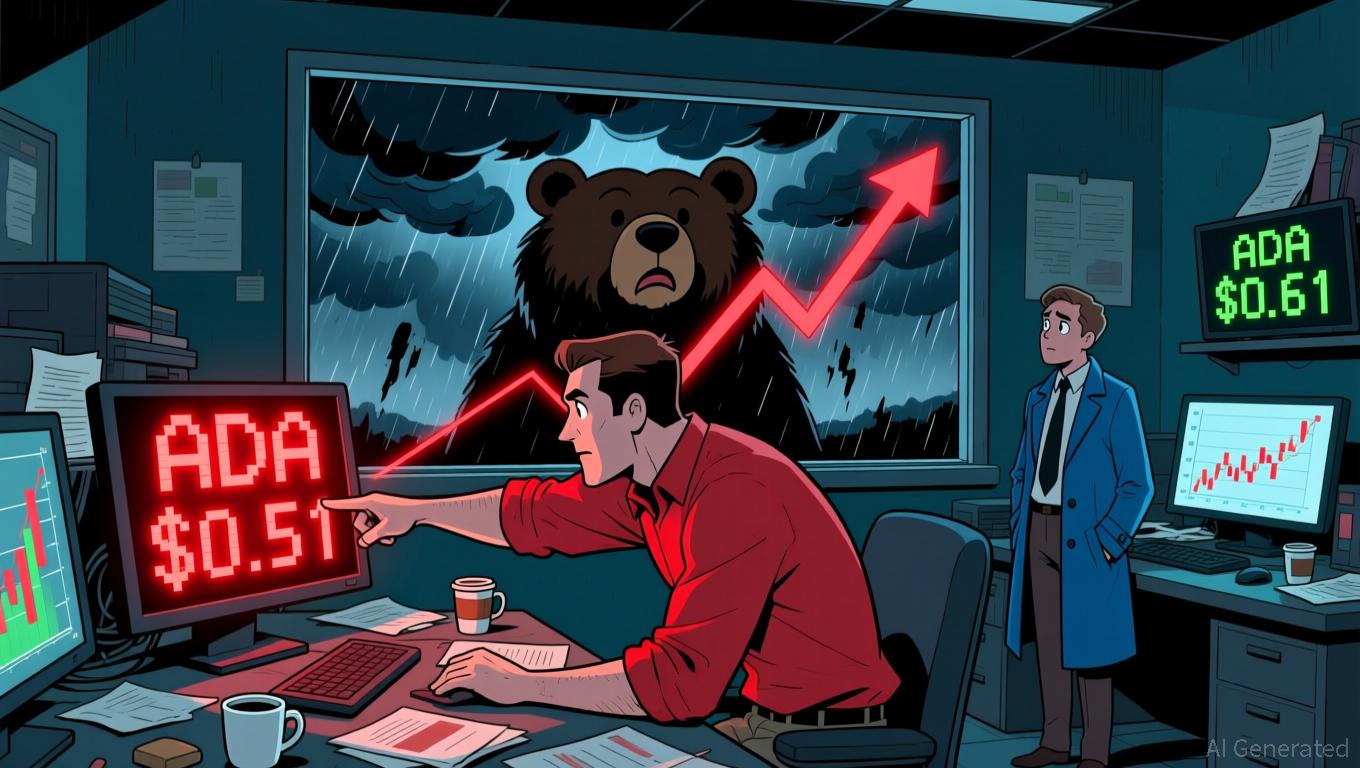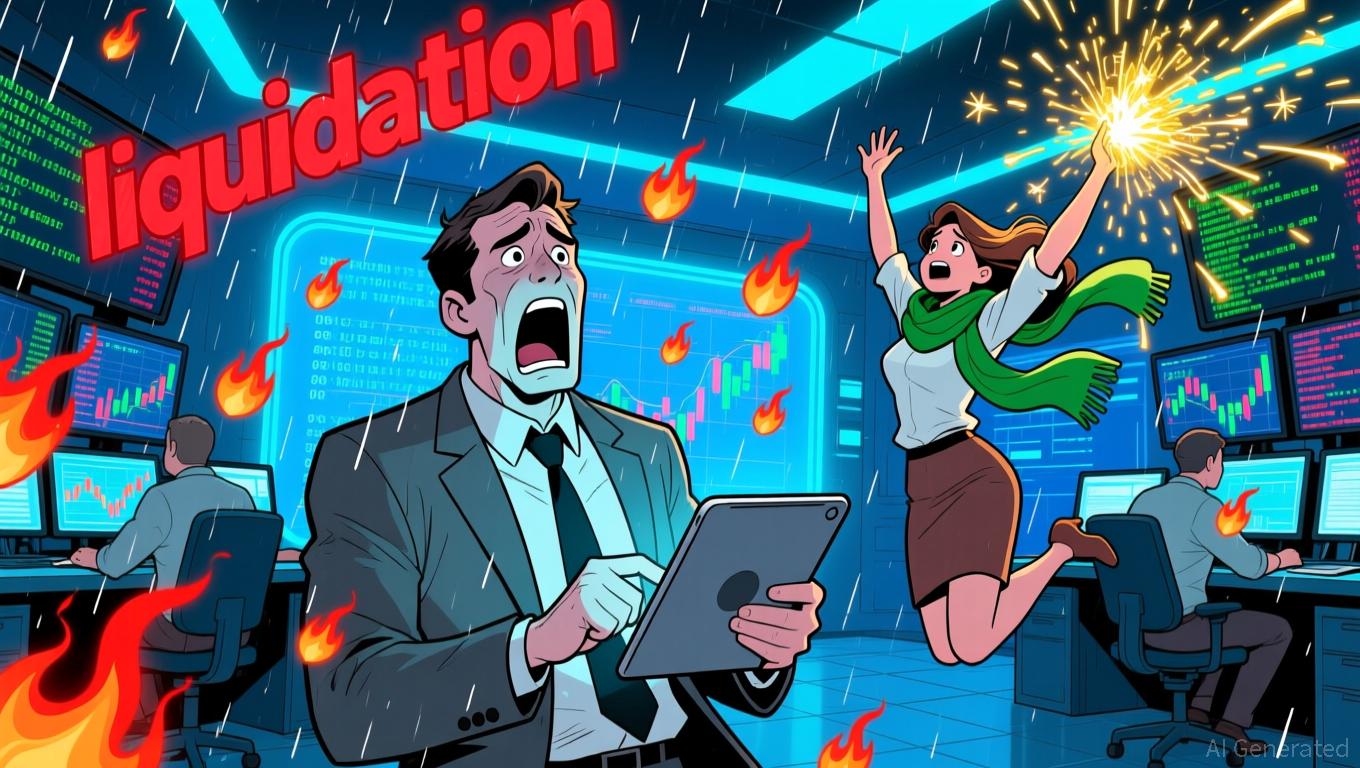Ethereum Updates Today: Surge in Stablecoins Fuels Discussion: Expansion or Threat to International Financial Stability
- Fed's Stephen Miran highlights stablecoins as a transformative force in emerging markets, outcompeting traditional banking systems and driving economic growth. - JPMorgan and DBS develop blockchain-based tokenization frameworks to enable 24/7 real-time cross-bank payments via tokenized deposits. - Ethereum's tokenized assets surge to $201B, with stablecoins dominating DeFi and cross-border transactions, driven by institutional adoption. - Cathie Wood cuts Bitcoin price forecasts due to stablecoin adoptio
Stephen Miran of the U.S. Federal Reserve has described stablecoins as a transformative element in the global financial landscape, especially in developing economies where they could surpass conventional banks and fuel economic expansion. At a recent conference, Miran emphasized the growing use of dollar-pegged stablecoins for international payments and capital movement,
JPMorgan and DBS, two major global banks, are currently building a blockchain-powered tokenization system to streamline interbank payments. This project seeks to establish a unified approach for tokenized deposits,

Yet, the ascent of stablecoins is not without obstacles.
Miran’s positive outlook stands in contrast to more cautious perspectives that highlight possible risks.
Major financial institutions are also responding to the stablecoin surge. Bank of New York (BNY)
As the stablecoin sector continues to develop, both regulators and institutions must strike a balance between leveraging the technology’s advantages and managing its risks. With emerging economies leading the way in adoption and U.S. policymakers facing the prospect of a "global savings glut," the next few years will reveal whether stablecoins fulfill their promise or introduce new economic challenges.
---
Disclaimer: The content of this article solely reflects the author's opinion and does not represent the platform in any capacity. This article is not intended to serve as a reference for making investment decisions.
You may also like
Investors Embrace AI and Tokenization Amid Decline in Conventional Markets
- Crypto market declines reflect investor shift to AI-driven platforms and tokenized assets amid traditional market volatility. - Recent token listings show diminishing returns (e.g., SEI/2Z 8-5% drops), signaling skepticism toward conventional mechanisms. - AI optimizes private market operations (e.g., SaaS growth, HELOC underwriting) while democratizing capital access beyond institutional bias. - Tokenization unlocks liquidity in art and healthcare via AI-driven insights, challenging traditional VC model

Cardano News Update: Institutions Embrace Cardano While DeFi Advances—Cardano and Mutuum Finance Set the Stage for 2025 Crypto Evolution
- Cardano (ADA) and Mutuum Finance (MUTM) lead 2025 crypto divergence through institutional adoption and DeFi innovation. - Cardano partners with EMURGO/Wirex to launch ADA-spending "Cardano Card," targeting 6M users and ISO 20022 alignment for institutional credibility. - Mutuum Finance raises $18.8M in presale, plans Q4 2025 testnet with liquidity pools and mtTokens, offering 250% returns for early buyers. - ADA faces bearish technical patterns and whale selling, while MUTM's low entry price and structur

XRP News Today: Crypto Market Turbulence Rises as SEC Alters Regulations and Major Whale Closes Short Position
- A "Triple Short ASTER" whale liquidated a 4.79M AST short position, triggering crypto market volatility and $10M+ in ETH/XRP losses. - XRP dropped to $2.40 amid Canary Capital's ETF launch, while ETH longs face losses from SEC's accelerated crypto ETF approval process. - SEC's 20-day ETF filing rule and 21Shares' crypto index ETFs (TTOP/TXBC) highlight growing institutional exposure and regulatory uncertainty. - Market analysts link whale activity to broader trends in derivatives trading, ETF adoption, a

China’s economic framework faces challenges from both international trade tensions and internal pressures
- China's economy faces stalling risks as trade tensions, supply chain disruptions, and domestic challenges converge, with record investment declines undermining growth. - Trump's 100% tariffs on Chinese imports and export controls, alongside Beijing's retaliatory measures, create volatility despite temporary trade truce efforts. - Sector-specific risks persist: antimony export bans are suspended, but rare earths and semiconductor disputes remain unresolved, while real estate-linked industries like Lingong
